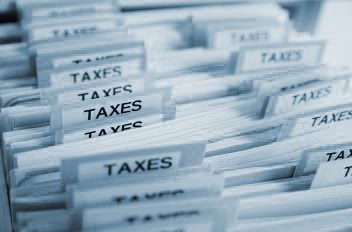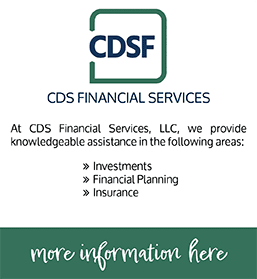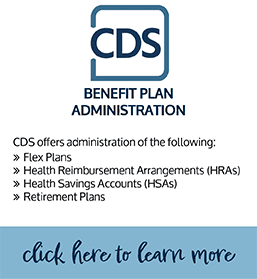The Governmental Accounting Standards Board (GASB) issued Statement No. 87, Leases, which outlines new requirements for governmental entities when it comes to lease accounting.
Lease – A lease is defined as a contract that conveys control of the right to use another entity’s nonfinancial asset for a period of time in an exchange transaction.
Short-Term Leases (12 months or less):
- Lessees – Short-term lease payments should be recognized as outflows or resources (expenses). An asset should be recognized if payments are made in advance or a liability should be recognized if payments are made subsequent to the reporting period.
- Lessors – Short-term lease payments should be recognized as inflows of resources (revenue). A liability should be recognized if payments are received in advance or an asset should be recognized if payments are to be received subsequent to the reporting period.
Leases other than short-term leases and contracts that transfer ownership.
- Lessee Recognition:
- Lease Liability – A lessee should measure the lease liability at the present value of payments expected to be made during the lease term. Amounts included should be all payments required by the agreement known at that time. Variable payments based on future performance or usage should not be included in the measurement. Those amounts should be recorded as expenses in the period those obligations occurred. If the lease is expected to be paid from general government resources, the lease should be recorded consistently with governmental fund accounting standards.
- Lease Asset – This should be measured as the sum of the lease liability, initial direct costs, and lease payments made before the lease term. This amount should be amortized over the shorter of the lease term or the useful life of the asset. The amortization should be reported as an amortization expense.
- Notes to Financial Statements – The following should be included in the notes to the financial statements:
- Description of leasing arrangements
- Total amount of lease asset and accumulated amortization disclosed separate from other capital assets
- The amount of outflows of resources for variable payments not originally included in the lease liability
- Principal and interest requirements to maturity for each of the five subsequent years and then in five year increments thereafter
- Lessor Recognition:
- Lease Receivable – This should be measured as the present value of lease payments expected to be received reduced by any estimated uncollectable amounts. Variable payments based on future performance should not be included in this measurement.
- Deferred Inflow of Resources – This should be measured as the initial lease receivable plus any payments received before the lease term begins.
- Underlying Asset – The lessor should not derecognize the asset of the lease. The lessor should continue to apply depreciation to the asset.
- Notes to Financial Statements – The following should be included in the notes to the financial statement:
- General description of lease arrangement
- Total amount of deferred inflows of resources
Next steps to facilitate a smooth transition to the new lease accounting include:
- Creating an inventory of potential contracts to evaluate
- Determining which contracts meet the definition of a lease
- Review lease contracts for multiple components, such as multiple asset components and service components
- Identifying any contracts that can be excluded based on an exception or materiality
- Gathering key data from contracts in order to determine the lease term and calculate lease liability/asset or receivable/deferred inflow of resources
- Gather data required for footnote disclosures
While GASB 87 is not effective until reporting periods ending December 15, 2020 and after, now is the time to start planning for implementation.
For more information, contact one of our Governmental Audit experts.





